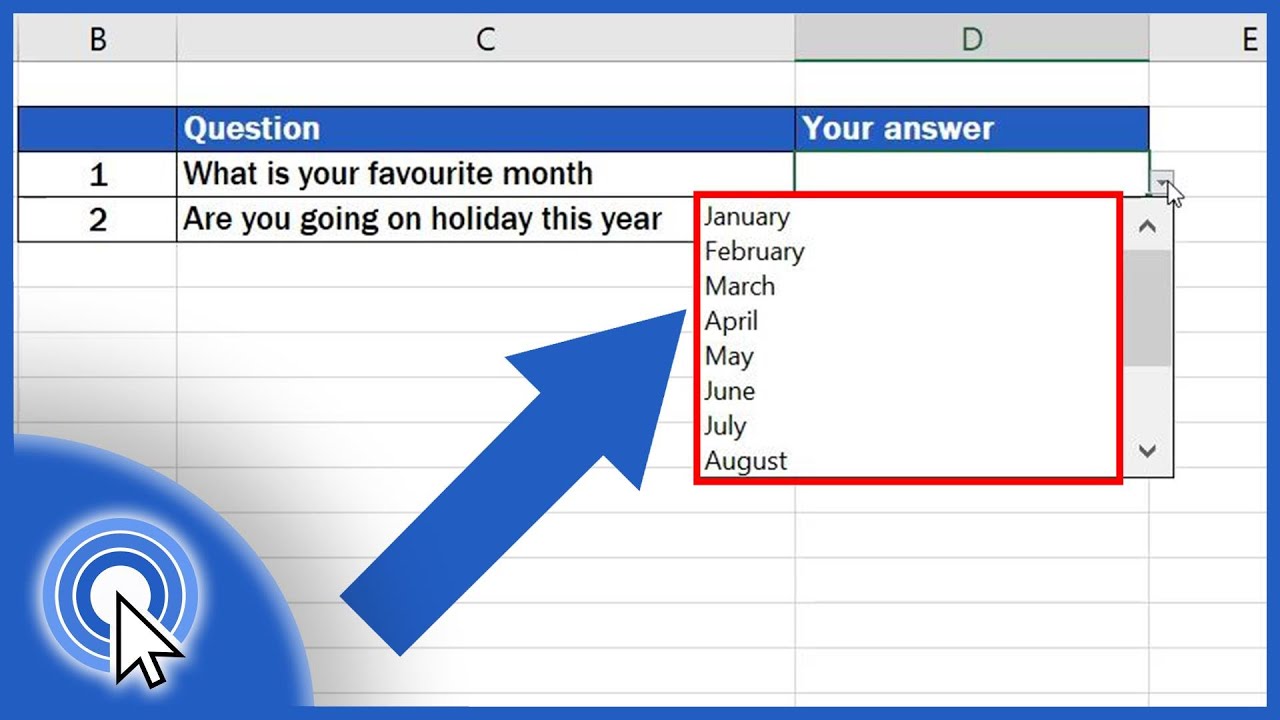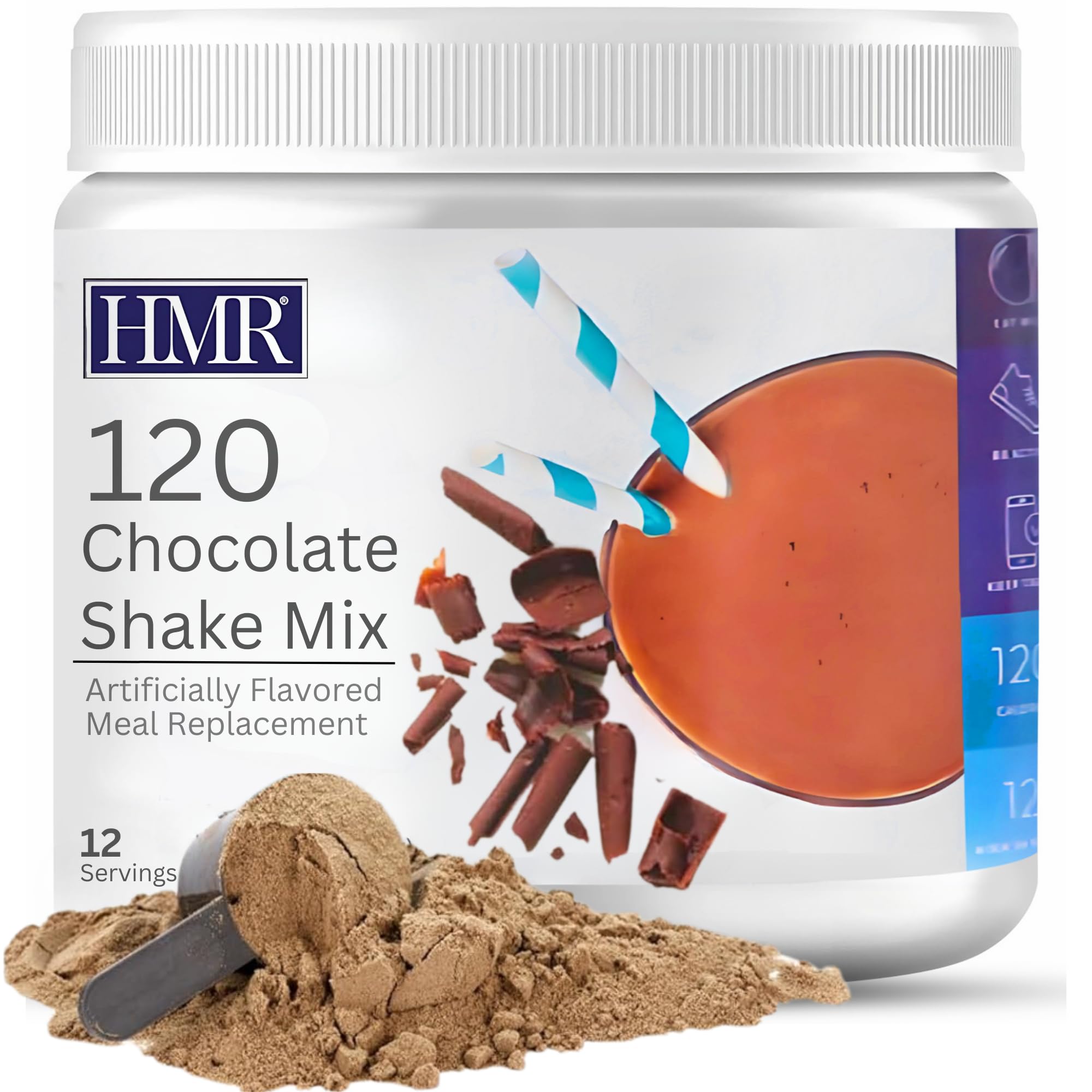Apply Now
Effective Ways to Calculate Volume of Triangular Prism in 2025
Understanding the Volume of Triangular Prisms
Calculating the volume of a triangular prism is essential for various applications in geometry, engineering, and real-world scenarios. A triangular prism consists of two triangular bases connected by three rectangular faces. The volume is determined mainly by the area of the triangular base and the height of the prism. Through this guide, we'll explore not only the basic volume of triangular prism formula but also practical examples and step-by-step methods for measurements.
The formula for calculating the volume of a triangular prism is:
\[
\text{Volume} = \text{Base Area} \times \text{Height}
\]
Where the base area can be calculated using the triangle area formula:
\[
\text{Base Area} = \frac{1}{2} \times \text{base} \times \text{height of the triangle}
\]
Understanding these concepts provides a strong foundation for various geometric applications. Let’s dive deeper into the triangular prism's properties and measurement techniques.
Triangular Prism Properties and Dimensions
Triangular prisms possess several critical properties that aid in volume calculation. The dimensions of the prism include the base lengths, the triangle height, and the prism height. Each measurement plays a vital role in effective triangular prism volume calculation.
When measuring the triangular base, it’s essential to pay attention to the lengths of the sides as well as the triangle's height. The relationship between the base area and the height of the prism directly affects the volume. If all dimensions can be accurately measured, computing triangular prism volume becomes straightforward.
In practical terms, different shapes of triangular bases (scalene, isosceles, or equilateral) yield variations in the volume calculations. The crucial aspect remains understanding how to apply the formula across these variations. We will further illustrate this with examples.
Using the Volume of Triangular Prism Formula
To calculate the volume with the triangular prism volume formula effectively, follow these steps:
1. **Measure the Base**: Note the lengths of the triangle's base and height.
2. **Calculate Base Area**: Use the triangle area formula discussed earlier to find the base area.
3. **Measure Height of Prism**: Obtain the height of the prism itself.
4. **Apply the Formula**: Substitute your findings into the volume formula.
For instance, consider a triangular prism with a base of 5 cm, a triangle height of 4 cm, and a prism height of 10 cm. The calculations would appear as follows:
- Step 1: Base Area = \( \frac{1}{2} \times 5 \times 4 = 10 \) cm²
- Step 2: Volume = \( 10 \times 10 = 100 \) cm³
This example clarifies the process, demonstrating how even simple shapes can yield various volume scenarios.
Triangular Prism Volume Examples
To better illustrate the calculation of triangular prism volume, here are a couple of practical examples:
1. **Example 1**: A triangular prism with a base measuring 6 cm, a height of the triangular base at 3 cm, and a prism height of 8 cm.
- Base Area = \( \frac{1}{2} \times 6 \times 3 = 9 \) cm²
- Volume = \( 9 \times 8 = 72 \) cm³
2. **Example 2**: For a triangular prism where the triangle base is 10 cm, triangle height 5 cm, and prism height 12 cm:
- Base Area = \( \frac{1}{2} \times 10 \times 5 = 25 \) cm²
- Volume = \( 25 \times 12 = 300 \) cm³
These examples showcase how varying dimensions directly influence the volume, enhancing understanding of triangular prism volume in cubic units.
Calculating Triangular Prism Volume Step by Step
To gain mastery over triangular prism volume calculation, here's a step-by-step guide:
1. **Step 1**: Identify the shape of the triangle and its dimensions: base lengths and height.
2. **Step 2**: Apply the area formula to find the base area accurately.
3. **Step 3**: Measure the height of the prism.
4. **Step 4**: Combine the information using the volume formula.
5. **Final Step**: Recheck calculations to ensure accuracy and clarity.
This structured approach not only simplifies the calculation but also reduces the chance of errors, ensuring that students and practitioners can easily find volume of triangular prism.
Real-World Applications of Triangular Prism Volume
Understanding how to calculate a triangular prism's volume through geometric methods extends beyond academic settings into various fields. In architecture and engineering, triangular prisms can help assess material usage and volumes for construction projects. For example, calculating the storage capacity of triangular prism-shaped tanks in water management systems is crucial.
Additionally, in educational settings, understanding volume measurements is fundamental in teaching spatial reasoning and geometry. Various educators employ hands-on lessons where students create their triangular prism models to visualize the formulas, enhancing learning through practical applications.
In conclusion, strong knowledge of how to find volume of triangular prism not only prepares students for geometry tests and challenges but also equips them with essential skills applicable in real-world contexts.


Triangular Prism Volume Calculation: Q&A Section
What is the formula for the volume of a triangular prism?
The volume of a triangular prism can be calculated using the formula:
\[
\text{Volume} = \text{Base Area} \times \text{Height of the prism}
\]
where the base area is derived from the formula for the triangle.
How do I find the height of a triangular prism if I know the volume?
To find the height, rearrange the volume formula:
\[
\text{Height} = \frac{\text{Volume}}{\text{Base Area}}
\]
This way, you can determine how tall your prism is based on given volume and base area.
Can volume of triangular prisms vary with different base shapes?
Absolutely! The volume depends on the shape of the triangular base. Different configurations will produce varying areas, thus affecting the overall volume calculation.
What measurements are essential for accurate calculation?
You require the lengths of the triangular base, the height of the triangle, and the height of the prism to calculate the volume accurately.
Where can triangular prism volume be applied in real life?
Triangular prisms are commonly found in structures like roofs, water tanks, and various engineering applications that require volumetric calculations. Understanding their volume aids in practical construction and planning decisions.
Its part of generated content. Can i generate another part?


